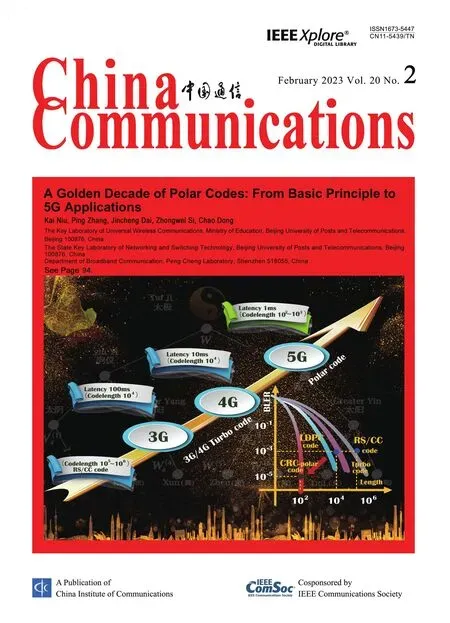The Development Trends and Research Fronts in Orbital Angular Momentum Technology: A Bibliometric Analysis
Saleemullah Memon,Xiuping Li,*,Kamran Ali Memon,Yuhan Huang,Junaid Ahmed Uqaili,Muhammad Ishfaq
1 School of Electronic Engineering,Beijing University of Posts and Telecommunications,Beijing 100876,China
2 Beijing Key Laboratory of Work Safety Intelligent Monitoring,Beijing University of Posts and Telecommunications,Beijing 100876,China
3 Department of Telecommunication Engineering,Quaid-e-Awam University of Engineering,Science&Technology,Pakistan
Abstract: Orbital angular momentum (OAM) technology,refers to Laguerre-Gaussian (LG) beams,twisted beams,vector/vortex beams,acoustic vortex beams and fractional vortex beams.It is an emerging and promising technology to improve the communication capacity,spectral efficiency,and anti-jamming capability due to its helical phase fronts and infinite orthogonal states.Although the OAM research began in the 1990s,the developing trends,current status,issues and characteristics through a systematic observation have not yet been performed.This paper presents a knowledge-based evolution of OAM research published in the Web of Science(WoS)from 2011 to 2021 using bibliometric analysis in Citepspace.The results demonstrate that the bandwidth,efficiency,gain,divergence,phase quantization,bulky and complex feeding structures,misalignment,distortion,interferences atmospheric turbulence and diffraction were the key issues found in the OAM technology.The main research hotspots and categories,influential authors,leading journals,best institutions of OAM show a strong bias in favor of their functions and technology developments.The research on OAM was mainly performed by the counties that have developed the 5G and now moving towards 6G communications like China,USA and South Korea.This study would serve as an inclusive guide on the future research trends and status especially for the OAM researchers.
Keywordst:orbital angular momentum(OAM);vortex beams;bibliometric analysis;CiteSpace
I.INTRODUCTION
Electromagnetic (EM) waves carry linear as well as angular momentum.The polarization factor in angular momentum corresponds to spin angular momentum(SAM) and the spatial distribution corresponds to orbital angular momentum(OAM).OAM is an intrinsic property of the EM waves,which associates with the helical phase structure ofe?il?,where?denotes the azimuthal angle andlis the topological charge of vortex beams.The vortex specifies the number of twists in one wavelength.
Allen gave the idea of OAM in the optical domain nearly three decades ago[1].The author demonstrated that the constant phase planes of electric and magnetic fields form a helicoid in the propagation direction.Later in 2007,Thide introduced the concept of OAM vortex beams in microwave regime using phase array antennas at low frequency[2].Tamburini in 2011 experimentally confirmed the validity and feasibility of OAM for wireless communication systems [3].Due to the orthogonality and parallel transmission of OAM modes,the interference among different modes can be significantly mitigated,consequently,the spectrum efficiency can be sufficiently increased.With the channel capacity improvement,OAM based communication systems also have other advantages such as more user access and high reliability for anti-jamming capability compared to the traditional time/frequency/power/code domain resources [4].Because of these special characteristics,OAM research is also attracted by other numerous applications,such as acoustics,underwater,free space,satellite-based communications as well as in imaging,radar pulse generation,radar target detection,antenna radiation pattern shaping in radio frequency(RF)and millimeter-wave communications[5—7].
Generating OAM vortex beams is a challenging task and methods used for their generation decide their applications such as spiral phase plates (SPPs) [8]and holographic diffraction gratings [9] were primarily used in the optics field and can also be employed in the millimeter-wave regime.Spiral reflectors [3,10]and antenna arrays [2,11] were used for low frequency operations in the RF domain.The SPP has low divergence and attenuation,however,is not applicable for relatively low frequency transmissions and is unable to generate multiple OAM-modes simultaneously.Spiral reflectors are hard to be manufactured because of their curved structures.On the other hand,antenna arrays are quite expensive because of their complicated beamformers and costly amplifier modules [12].The uniform circular array (UCA) antennas have the ability to simultaneously generate multiple OAM vortex beams in RF domain [13—16],however,the beams can be divergent and centrally hollow.Thus,the UCA antennas need to be jointly used with the converging schemes to combat the attenuation of the signals during the propagation [17].The authors in [18] have found the main bottleneck of central energy hollow in the OAM vortex beam and its radius varies with the OAM modes.This issue can be solved by fundamentally changing the signal transmitted by the UCA antenna.The orthogonal wavefronts should be radiated with an equidifferent initial phases in order to generate a unidirectional beam pattern[18].For radar imaging,the vortex beam elevation resolution transmitted by UCA is derived in [19] using correlation calculation of two closely adjacent points.As achieving high-resolution image in practice is difficult,a sparse Bayesian learning algorithm is presented to reconstruct the targets for OAM vortex beam imaging.
Metamaterials are artificial structures that have been widely considered in the design of antennas as well as telecommunication components.Recently,several metamaterial structures are designed to meet the demands of high data rates,high gain,high isolation,especially for millimeter-wave and 5G communication systems[20—22].Metasurfaces are the 2D equivalent of metamaterials,which are capable of abrupt phase shift,amplitude modulation,and polarization conversion of EM waves.Metasurface offers low profile,low mass,easy to deploy,low manufacturing cost,without complex feeding networks and can easily fabricate thousands of elements with the PCB etching process.Controlling the wavefronts of EM waves by changing the phase shift to the incoming waves is one of the most important applications of metasurface [12].Hence,metasurfaces are playing a crucial role in the generation of efficient OAM beams.A bidirectional dual circular polarized metasurface design can simultaneously generate dual mode vortex waves by sequentially rotating 90 degrees to the four radiating elements in a clockwise direction [23].For the same purpose,[24] has proposed an efficient honeycomb metasurface based on polarization-insensitive hexagonal units.Moreover,the authors in [25] have demonstrated the different OAM vortex beam generation methods such as Laguerre Gaussian beams carrying OAM,transmissive and reflective metasurfaces for a plane wave to vortex wave conversion,and direct generation using radiating antennas.To measure the OAM properties in terms of amplitude and phase for long-distance transmission,[26]has recently performed an experiment by fixing the plane wave antenna as a reference and rotating the OAM antenna in Tsingtao,China with 3.5 km and 7.0 km distance across the Yellow sea.The authors further performed a theoretical analysis of OAM vortex beams properties by decomposing OAM waves into infinite plane waves with different azimuth and elevation angles in[27].
These prevalent and diverse research developments started nearly three decades ago,therefore,a tremendous number of studies have been published on the OAM technology.However,the developing trends,current status,issues,and characteristics through systematic observation or summarization have not yet been performed.Bibliometric analysis,which is a research method developed by Pritchard in 1969,was proposed as a solution to such a problem.Bibliometric analysis can reveal the impact,current situation,and historical transition of a specific academic field by surveying published books or research papers using mathematics or statistics methods.
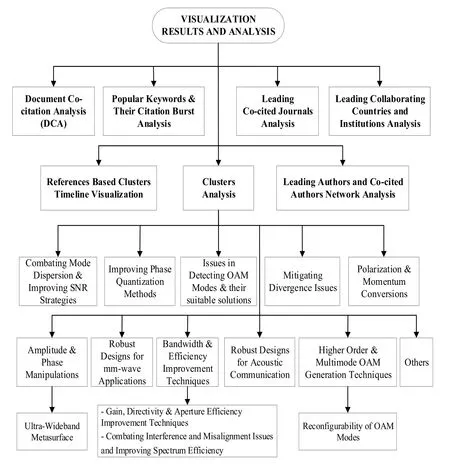
Figure 1.Relationship between the subsections of section III.
This paper presents a bibliometric analysis of the knowledge-based evolution of OAM research published from 2011 to 2021 in the Web of Science(WoS).The main contributions of our research include:
1.The most important scientific articles on the developing trends and issues in OAM research are comprehensively studied.
2.The highly focused academic categories,active research hotspots in OAM research are identified and demonstrated.We have discussed the historical transitions,main challenges,issues,and their solutions in detail.
3.The main keywords and the strong citation bursts of the top twenty keywords used in OAM research are detected in order to highlight and emphasize the main research frontiers.
4.The leading authors and highly co-cited authors are found contributing in the OAM literature.
5.The world’s best institutions and universities promoting a development track in OAM research are also visualized based on their co-citation analysis.
The remaining part of this paper is organized as follows.Section II defines the visualization methodology containing the data set collection,filtering process,analysis tool and its settings.Section III defines the visualization results of co-cited references,current issues and developments,keywords,authors,co-cited authors,journals,institutions,and countries.The relationship between the subsections of section III can easily be understood from figure 1.Section IV defines the conclusion,limitations,and future work of this study.
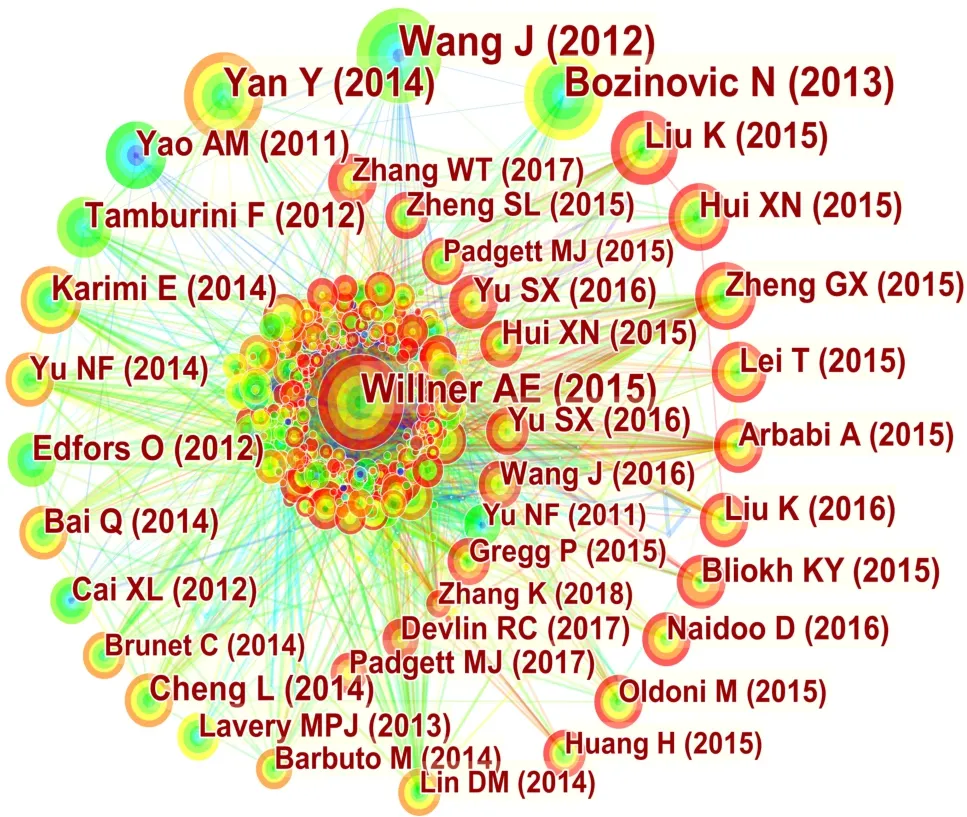
Figure 2.DCA visualization network in the OAM research.
II.METHODOLOGY AND MATERIALS
2.1 Data Collection and Refinement Process
For data collection,we have used WoS core collection covering the world’s leading journals and proceedings that navigates the full citation network.The timespan of last 11 years from 2011 to 2021 with social sciences citation index (SSCI),science citation index expanded(SCIE),and conference proceeding citation index science (CPCI-S) database has been obtained on December 16,2021.The mentioned database covers more authoritative and scientific publications which are frequently used for visualization analysis than other databases.The term“TOPIC”relates to the title,abstract,and keywords of the published articles.Furthermore,during the data collection process,the search equation(including file tags,boolean operators,parentheses,and query sets) should be customized to achieve a more accurate research result.Our visualization study on the OAM technology is searched with different ways according to the WoS searching rules that is TOPIC: (“Orbital Angular Momentum*” OR“Orthogonal Angular Momentum*”O(jiān)R“OAM*”O(jiān)R“Radio waves*”O(jiān)R“Generating OAM*beams*”O(jiān)R“Vortex*beam*”O(jiān)R“Orbital angular momentum radio waves*”O(jiān)R“Electromagnetic vortex*”).Initially,this achieved 21,324 records,but after refining by WoS categories(WoSC):(Engineering Electrical Electronic OR Physics Applied OR Telecommunications) most of the records are filtered to 6746.Further refining the records by language: (English) and document types:(Article),the final filtered records we obtained are 3470 in the area of OAM.This whole refining process from 21,324 to the retrieved 3470 records is shown in table 1.The final records are then exported with full records and cited references in plain text format for the CiteSpace visualization process.These retrieved articles were checked by CiteSpace to remove items from the dataset that do not meet our standard(such as duplicates or papers without precise publication dates).
2.2 Analysis Tool and Settings
CiteSpace (5.8.R3) is used to generate the scientific landscape of the research on OAM.CiteSpace developed by Professor Chaomei Chen [28] is extensively used by various researchers to visualize the roadmap and trends of a specific academic field [29—34].The Version 5.8.R3 supports different visualization networks by selecting different node terms such as references,authors,keywords,cited journals,institutions,countries,category,etc.
The settings in CiteSpace should be specified in order to achieve a significant research result.In this research,the time-slicing of CiteSpace was set to between 2011 to 2021,which equals to the timespan of collected research.The “# Years Per Slice” was set to be 1,which means that CiteSpace will analyze the collected research on a 1-year basis.Additionally,to show a more intuitive and comprehensive network of OAM research,the network was pruned by the“Pathfinder;Pruning sliced networks; Pruning the merged network” method.In our visualization networks,the links define co-occurrence or co-citation between the nodes and the different colors of nodes and links represent different years.The blue color depicts the earliest years (2011-2015),the green color depicts middle years (2016-2018) and the yellow,orange and red colors depict 2019,2020,and 2021 respectively.
III.VISUALIZATIONRESULTSAND ANALYSIS
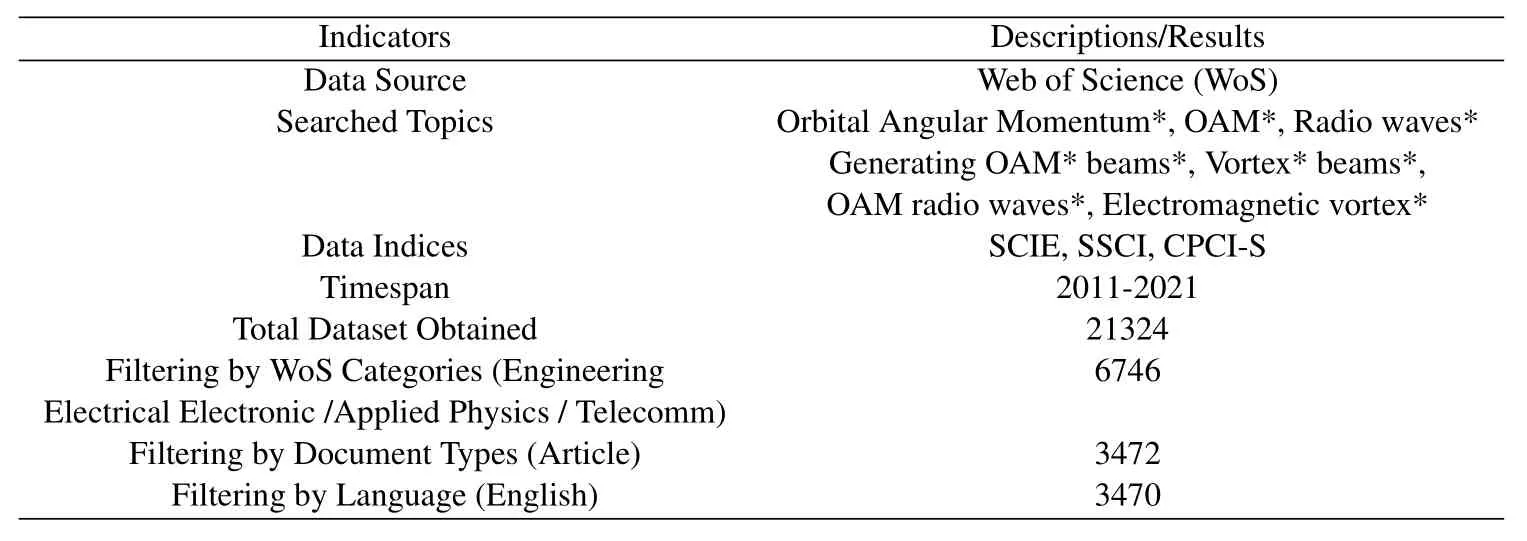
Table 1.Dataset refinement process in WoS.
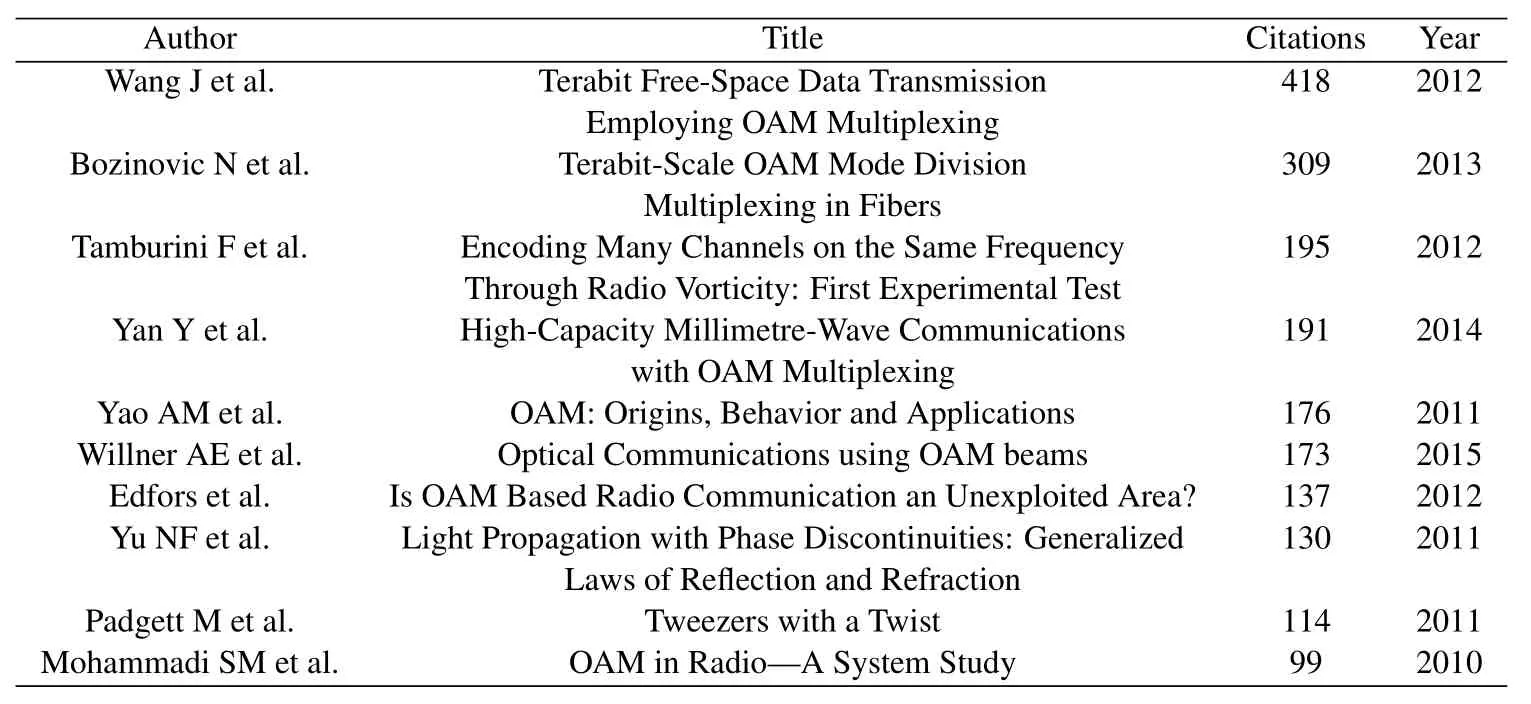
Table 2.Top ten frequent co-cited research articles of the OAM research.
3.1 Document Co-Citation Analysis(DCA)
The co-citation frequency of a publication determines its scientific relevance.As shown in figure 2,the DCA network displays the top most frequently co-cited documents in the research of OAM from 2011 to 2021.A list of the top 10 most frequently co-cited articles is specified in table 2.Based on our dataset,the research article named “Terabit free-space data transmission employing OAM multiplexing”by Wang J et al.,published in 2012 [35],contains the highest 418 citation frequency.This highly cited article is published in the Nature Photonics journal.The article has analyzed the channel capacity as well as the spectral efficiency issues in the optical regime by employing the concept of OAM beams.The authors have performed multiplexing and demultiplexing operations of four polarized multiplexed OAM beams,where each carried a 16-bit quadrature amplitude modulation signal and consequently achieved a high capacity of 1,369.6 Gbits/s with spectral efficiency of 25.6 bits/s.Furthermore,they used two groups of concentric rings of eight polarized multiplexed OAM beams and achieved 2,560 Gbits/s capacity with spectral efficiency of 95.7 bits/s.
The second highly co-cited article in the OAM research is written by Bozinovic N et al.in 2013 [36],with the citation frequency of 309.The authors have examined that OAM beams can provide a high data rate and degree of freedom for data multiplexing in future fiber networks.The article demonstrates the capability of using OAM waves to generate orthogonal and spatially distinct streams of data-transmitting channels that are multiplexed in a single fiber.The optical fiber designed at 1.1 km reduces the mode coupling and achieves a data transmission rate of 400 Gbits/s and 1.6 Tbits/s by using four OAM modes at a single wavelength and two OAM modes at 10 wavelengths respectively.
Tamburini et al.have experimentally employed two incoherent radio beams which are encoded into two distinct OAM states in order to transmit two independent radio channels simultaneously [3].With 195 citation frequency,the article gets the third position in terms of highly co-cited articles in the OAM research.This new paradigm of OAM encoding allows the implementation of an infinite number of channels,dense coding,without using polarization,fixed bandwidth,and multiport techniques.This also paves the way for innovative techniques and new standards in radio communication that offer a solution to radio-band congestion.
The channel capacity,crosstalk,and spectral efficiency issues have been studied by Yan Y et al.in[37],which demonstrates that how millimeter-wave wireless communication links can potentially be made more spectrally efficient to maximize system capacity using OAM based multiplexing with a single aperture pair by transmitting multiple coaxial data streams.The authors have proposed a 32 Gbits/s millimeterwave link over 2.5 meters with spectral efficiency of 16 bits/s/Hz using four independent OAM beams on each of the two polarizations.All eight OAM channels then have been recovered with bit error rates below 3.8×10?3and the demultiplexer achieved crosstalk less than -12.5 dB.This article also got much attention from the OAM researchers and hence is the fourth most frequently cited article in the OAM research.The review article of Yao AM et al.is the fifth highly cited in the last eleven years which analyzes the origin,behavior,and applications of OAM vortex beams[38].OAM technology become key for the important applications in imaging,optical tweezers,communication systems,micromanipulation,and new manifestations of quantum entanglement.As a result of the need to control phase and intensity of light beams,often through the use of spatial light modulators,OAM has been studied both in the optical and non-optical domains.
The progress and technical challenges in the OAM multiplexing and demultiplexing,OAM beam generation,detection,applications,and key issues in OAM research such as misalignment tolerance,beam divergence effects,and mitigation techniques of atmospheric turbulence on vortex beams are reviewed by Willner et al.[39].In order to generate multiple channels in radio communication systems,the comparison between OAM radio waves and traditional multi-input-multi-output (MIMO) communication with UCAs is investigated by edfors et al.in[40].The author’s model reflects that the OAM radio beam communication gets optimal capacity gain approximately,as estimated by MIMO theory,when antenna arrays were placed closely in comparison to the Rayleigh distance.
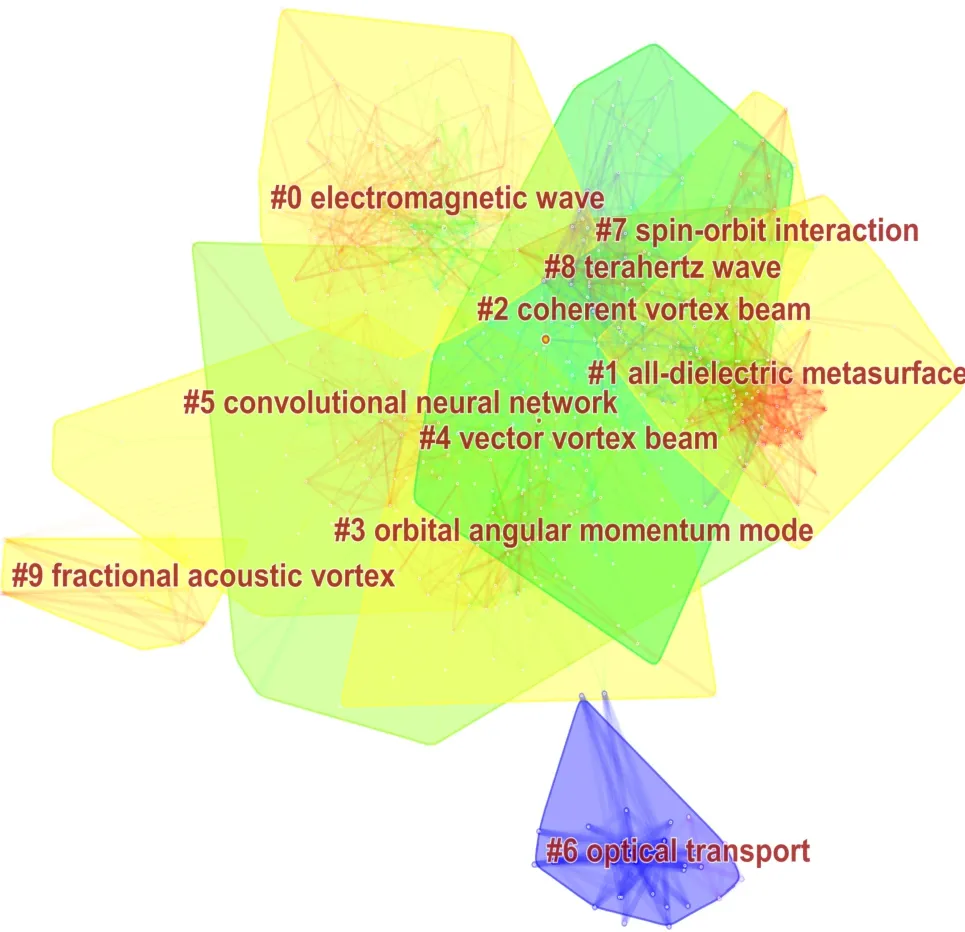
Figure 3.Clusters analysis of the OAM research.
The eighth most frequently cited article in OAM research has generalized the laws of reflection and refraction by designing optical antenna arrays,considering abrupt phase changes and deep subwavelength thickness [41].Due to the OAM degree of freedom,the model suggests a good agreement with generalized laws without propagation effects contribution.Padgett et al.[42] further studied the OAM beams in terms of their generation and mechanism on different types of particles,polarization,unusual intensity,and phase structure.Additionally,Mohammadi et al.has arranged circular array antennas and employed existing optimization approaches to generate radio beams carrying OAM without considering the effects of noise and claimed that the generated OAM radio beams have similarity with the Laguerre Gaussian (LG) beams[11].
3.2 Active Hotspots in OAM Research: Clusters Analysis
In CiteSpace,clusters can be formed by a set of closely related documents and according to their interconnectivity.The label of clusters represents their nature,formed by choosing the most representative terms extracted from titles,abstracts,or keywords of the citing articles.According to the dataset,10 most active and popular clusters of the OAM research are shown in figure 3.It should be noted that each cluster illustrates a different knowledge domain.The first cluster (#0 electromagnetic wave) is the largest and main cluster in our dataset.The second-largest cluster is #1 all-dielectric metasurface and so on.The main characteristics of each cluster are summarized in table 3.The structural properties of clusters can easily be understood from their silhouette value.The higher silhouette value i.e more than 0.84 of each cluster reflects that these clusters are meaningful and robust for this research.Here,we are discussing the development trends,main issues,challenges,and their suitable solutions of the OAM research.
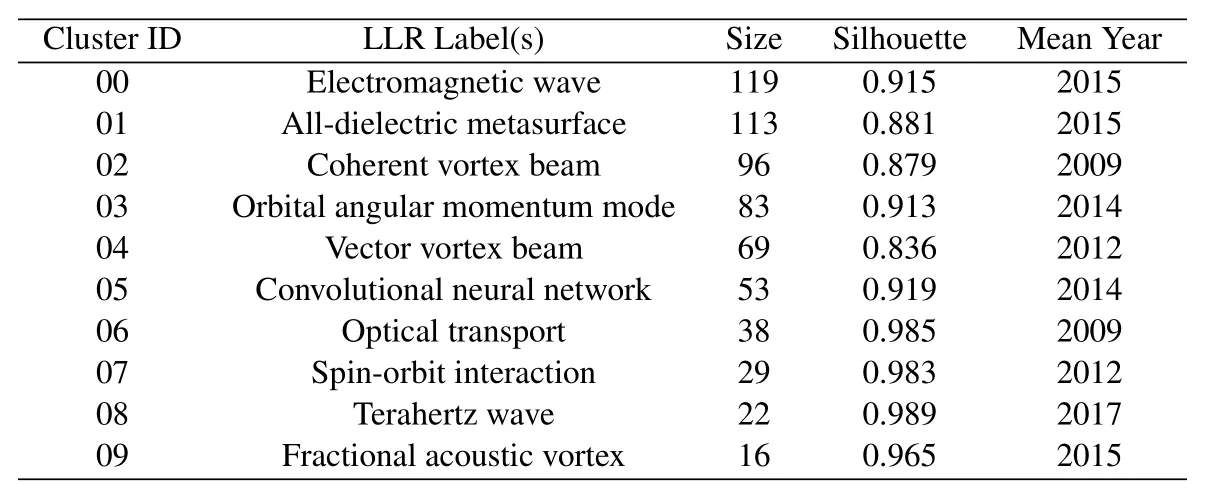
Table 3.The characteristics summary of clusters.
3.2.1 Bandwidth and Efficiency Improvement Techniques
The first day of school our professor introduced himself and challenged us to get to know someone we didn t already know. I stood up to look around when a gentle hand touched my shoulder. I turned around to find a wrinkled, little old lady beaming up at me with a smile that lit up her entire being. She said, Hi handsome. My name is Rose. I m eighty-seven years old. Can I give you a hug I laughed and enthusiastically responded, Of course you may. and she gave me a giant squeeze.
Cluster 0 mainly focuses on the low bandwidth,low gain,low efficiency,and interference issues and their suitable solutions in the OAM research.
As reflectarray (RA) antennas have been widely used in the generation of OAM vortex beams,which offer high gain,high efficiency,low profile,and versatile radiation performance.However,RA has a drawback of having narrow bandwidth due to the high Q value of resonant elements [43].The bandwidth is also limited by intrinsic dispersion of passive resonant structures and impure co-polarized components[44].To deal with these issues,a circular phased array antenna [45],a dual-polarized bow tie cell [46],circular polarized [47—50] and dual circularly-polarized[51,52]RA designs based on the polarization rotation technique,subwavelength[53,54]and a quarter wavelength [55] RA designs based on the element expansion technique are recently proposed to achieve low profile,wideband and highly efficient OAM vortex beams in the radio frequency domain.Furthermore,in order to dynamically and digitally control the reflection phase,some 1-bit digital coding RA designs[56—59],and to achieve OAM beam scanning performance,some PIN diode based reconfigurable RA[60—62]and reconfigurable transmitarray (TA) [63] are also designed at microwave frequencies,which add their contribution in improving the efficiency of OAM beams.
A.Gain,Directivity and Aperture Efficiency Improvement Techniques
The aperture efficiency of OAM beams is usually lower than the conventional focusing beam antenna because the OAM beam is diverging.The RA and phased array designs [64] can better deal with this issue and improve the aperture efficiency of OAM beams.To overcome the low gain issue,a transmitarray design [65] has produced dual-mode and high gain OAM beams in the Ku-band.A small size and highly efficient planar RA antenna [66] is also able to generate high gain OAM vortex beams at microwave frequency,where the divergence angle,polarization sensitivity and instability are also effectively improved.Furthermore,a single layer RA antenna design [67] in the Ka-band also achieved better directivity,high efficiency,and polarization separation of the OAM vortex waves.
B.Combating Interference and Misalignment Issues and Improving Spectrum Efficiency
The radiation patterns of twisted beams carrying OAM can lead to the distortion problem and make the OAM based communication systems infeasible when the system suffers from misalignment problem.However,the directions of transmit and receive beams must be aligned accurately during radio communications,which is very useful for energy harvesting relaying networks[68—71].Hence,to overcome this issue,several radio OAM beam steering strategies based on UCA and spherical conformal array are proposed which can cancel the effects of misalignment and distortion problems[72—77].A concentric spatial distribution multiplexing (CSDM) downlink transmission strategy with OAM for cellular internet of things(IoT)nodes is studied in[78].This newly hybrid CSDM and RF strategy achieves OAM beamforming to generate concentric annular vortex beams and mitigate intra and inter group interferences for cell edge,cell center and cell mediate groups of users.Besides,an orthogonal frequency division multiplexing(OFDM)based OAM MIMO system can achieve high spectrum efficiency and high data rate [79].This also introduced a time switching OFDM OAM MIMO to minimize the computational complexity,which makes the system simple and suited for low-cost wireless broadband communications on a small scale.As the feasibility of OAM based wireless communication is already experimentally verified in [2,3,80].The research further extended to OAM beam converging,mode modulation,mode separation,mode detection,mode hopping,axis alignment,and estimation.Moreover,the joint design of OAM with MIMO multiplexing can significantly enhance the spectrum efficiency[81,82].
3.2.2 Amplitude and Phase Manipulations
The direction of propagation,phase front,amplitude,pattern form,polarisation state,and even the propagation modes of refracted/reflected EM waves may all be fully controlled using metasurface designs.All-dielectric metasurface can simultaneously control the phase and amplitude of OAM vortex beams.These controlling methods can be effectively used for polarization manipulation [83],wave focusing[84],holography and synthesis of complex wave fields,beam shaping[85]etc.Recently,a holographic metasurface [9],anisotropic metasurface [86],a low cost anisotropic holographic 2D metasurface[87],a programable metasurface [88],a transmissive metasurface with single dielectric substrate [89],and a quasi-continuous metasurface [90] are proposed to properly manipulate the metasurface characteristics for broadband OAM beam generation.
A.Ultra-Wideband Metasurface
3.2.3 Combating Mode Dispersion and Improving Signal to Noise Ratio(SNR)Strategies
As OAM provides a degree of freedom that is completely independent of frequency and polarization.The topological charge of the OAM beam can be determined from its degree of freedom or degree of coherence.Hence,it is experimentally demonstrated that the degree of freedom of a partially coherent vortex beam which is basically blocked by an opaque obstacle can be self-reconstructed in the focal plane [96].Besides the degree of freedom,the cluster also highlights the mode dispersion,SNR,and crosstalk issues in the coherent vortex beams.The OAM mode dispersion phenomenon is investigated by decomposing the vortex wave into a series of plane waves based on the spectral-domain method [97],where,a reflective metasurface is also designed to avoid the SNR reduction and inter-channel crosstalk issues.Additionally,three major issues of OAM based multiplexing in wireless communication systems are investigated[98](i)degradation in mode dependent performance(ii)divergence of OAM beam,and (iii) reduction in SNR.The issue in equal interval OAM modes restriction for the current partial aperture sampling reception method is solved by a new variable scale aperture sampling reception method[99],in order to keep the orthogonality of OAM modes.
3.2.4 Higher Order and Multimode OAM Generation Techniques
Plenty of OAM research focuses on generating multiple and high order OAM vortex beams to overcoming the low capacity and low data rate issues in the latest communication systems.The major challenges in the generation of multimode vortex beams are OAM signal reception and OAM antenna alignment.A line of sight multimode and multicarrier OAM system based on UCA antennas [100] is capable to solve the mentioned issues.Recently,a single-fed rectangular patch antennas [101],dual-mode designs [47,102],a millimeter-wave dual-mode [23],a triple mode OAM [103],a quad mode OAM atl=0,1,2,3 [104]and atl=±1,±2 [105,106],some high order modes atl=±1,±2,±3 [107],integer and fractional modes[93] are produced at different RF bands.Moreover,a nested dual-arm spiral antenna [108] can generate multiple odd OAM modes in which a reflector is placed between spiral and feeding network to improve the directivity and reduce the impact of RF coaxial cables.
A.Reconfigurability of OAM Modes
The complex feeding structures,tuning speed,and power loss issues and their possible solutions in the OAM research are highlighted in this portion.An OAM mode reconfigurable circular polarized array antenna with a simple feeding scheme can provide a high gain,low-profile,low cost,low divergence angle,and low cross-polarization [109].The OAM modes can also suffer from the low gain issue without their beam scanning.Hence,a 1-bit reconfigurable RA antenna with a PIN diode is introduced for the beam scanning and real-time mode switching of OAM waves.By dynamically controlling the ON and OFF states of the diode and hence the phase difference,consequently,the generation of high gain OAM vortex beams can also be controlled [110].A reconfigurable UCA-based dual circular polarization and dual-mode antenna[111]contains a power divider and four multi-functional antenna elements to perform a switching mechanism between right-hand circular polarization and left-hand circular polarization.Additionally,a varactor diode-based reflective metasurface[112],a three-dimensional printed discrete dielectric lens(DDL)antenna design at 300 GHz[113],a multimode OAM patch antenna with a programmable microcontroller [114],a chip-based UCA [115] and a four-element UCA with phase-shifting reconfigurable feeding network[116]are recently proposed for OAM mode reconfigurability in RF domain to perform mode switching mechanism.
3.2.5 Improving Phase Quantization Methods
Vector vortex beams are playing a key role to understand the coherence and phase quantization.The beams contain a space-variant polarization in the transverse beam plane [117].The ellipticity angle,truncation parameters,and topological charge are the important factors in the evolution properties and vectoral structure of vector vortex beams diffracted by a circular aperture in the far-field [118].A digitally controlled 1-bit designs can provide maximum phase quantization,reconfigurable phase control and come with suitable outcomes in terms of directivity and sidelobe levels.Thus,[119] have proposed a 1-bit reconfigurable RA monolithic microelectromechanical switch (MEMS) to control the reflection phase independently for a dual linear polarized wave.Furthermore,[120,121] have demonstrated the full phase conjugation of the vector vortex beams.
3.2.6 Issues in Detecting OAM Modes and Their Suitable Solutions
The distortion in helical phase fronts of OAM vortex beams caused by atmospheric turbulence,interrupts the detection of OAM modes [122].Two broadband underwater OAM generation methods and one detection method have been analyzed in [123].The first method based on horn antenna array is proved to be more efficient,low cost,and generates high-quality OAM beams.The second method based on two corner reflectors can efficiently detect the targets and the generation of OAM vortex beams is also acceptable.By implementing the vortex phenomenon in convolutional neural network(CNN),the latest deep learning technique,OAM modes can be effectively detected.The OAM adaptive demodulation method with improved CNN in OAM communication systems has also been proposed in [124,125],where,the poor performance of traditional CNN for OAM modes demodulation under strong turbulence environment is studied and therefore proposed a residual and deep learning framework to effectively deal with the degradation problem.Additionally,a six-layer CNN model[126] and an alexnet structure [127] have achieved high recognition accuracy of OAM modes detection with an acceptable computational complexity.
3.2.7 Mitigating Divergence Issues
The propagation of OAM vortex beams with different modes may cause different divergence angles.This may lead to high complexity and hence a big challenge for signal receivers.To overcome this issue,a four-mode OAM vortex beams generation with equal divergence angle[104]and consistent beam angle using UCAs [128] have been proposed.By employing rotman lens fed fabry perot resonator antennas,a multimode OAM beam with minimum beam divergence is also demonstrated [129],where the directivity and beam orientation of the generated beam is also improved by considering partially reflecting metasurfaces in the design.Furthermore,by considering OAM divergence angle,arrays complexity,and low range transmission issues,a global positioning system ceramic antenna array model is designed [130] at microwave frequency for long-distance transmission applications.This design also has the advantages of circular polarization,low profile,and high precision which avoids phase-shifting devices.
3.2.8 Polarization and Momentum Conversions
Converting SAM to OAM and vice versa is desired for some applications such as wireless and optical communication systems.An experimental demonstration of spin-controlled wavefront shaping metasurface for low dispersion is shown in [131].The design can independently control the right and left-hand spin components by using interleaved and integrated structures.A ring-shaped plasmonic geometric metasurface[132]and a dual helicity decoupled coding metasurface [133] designs have encoded different OAM vortex modes and achieved SAM to OAM conversion.Besides,a multilayered transparent metasurface[134]introduced OAM and SAM to the transmitted wave by vortex transmission phase distributions and linear-tocircular polarization conversion.Moreover,frequency selective surface,a new paradigm can generate highly efficient OAM beams and covert the circularly polarized incident wave into its cross-polarized component with nearly 100%conversion efficiency[135].
3.2.9 Robust Designs for Millimeter Wave Applications
The vortex beams provide a new degree of freedom for information transmissions in millimeter-wave communications[80,136,137].A millimeter-wave PB transmitarray metasurface[95]can efficiently generate and separate spin-controlled vortex beams with 71% efficiency for dual and 88% for a single vortex beam over a broad bandwidth.A tri-layered chiral structure metasurface[138],a tri-layered transmissive PB phase metasurface [139],a transmission type digital coding metasurface[140],a reflection type metasurface[141],a dielectric resonator metasurface[52]and an I-shaped polarization-insensitive metasurface[142],a nonlinear taper and lens-integrated metamaterial structure[143]and a holographic inspired flat lens antenna[144]are recently proposed as significant and robust designs to generate highly efficient and wideband OAM vortex beams for millimeter-wave applications.
3.2.10 Innovative Designs for Acoustic Communication
Acoustic vortex carrying OAM beams has attracted plenty of research due to the possible applications such as acoustic tweezer and communications.OAM in the conventional acoustic vortex beams is usually determined by the topological charge.A nondiffractive asymmetric acoustic vortex beam is generated by acoustic metasurface [145],where,the authors have provided a beam symmetry concept as an alternate factor to control OAM beams beyond topological charge.By employing a spherical acoustic lens on circular array of planar sector transducer,a focused acoustic vortex beams are generated[146]in order to improve the flexibility,capability and energy utilization for object manipulation.To further develop the research,a tunable,broadband and compact geometry based on helical metasurface is designed[147],which has ability to generate multiple acoustic beams carrying OAM.Further,the pressure and phase field distributions of the generated fractional acoustic vortex beams have been investigated in[148].
3.2.11 Others
In this subsection,clusters formed by the latest publications (2020-2021) are discussed,such as nondiffracting Bessel beams carrying OAM,nondiffracting Airy beams carrying OAM,OAM mode purity,etc.As their citation frequency is less,clusters size is also small.
The OAM beam exhibits a donut-shaped pattern with a null amplitude in the centre.With increasing propagation distance,the beam divergence angle increases,which limits the propagation range and increases the complexity of signal reception.The non-diffracting quality of OAM beams can be used to overcome this problem..Bessel beam and Airy beam are the latest techniques used to generate nondiffracting OAM beams.Bessel beam has a property to control the divergence of OAM vortex beam,however,Airy beam exhibit autofocusing and selfhealing behind obstacles properties,such as the beam radius decreases as they propagate reaching a minimum at the focal point,beyond which the beams propagate with diffraction leading to divergence[90].Some recent designs including,a single-layer hexagonal lattice reflectarray[149],a polarized reflectarray[150],a quasi-continuous metasurface [132],a ringshaped plasmonic geometric metasurface [83],a 3-dimensional(3-D)printed lens[151]and a frequency selective surface(FSS)[152]are introduced in the literature to generate non diffracting OAM beams.
From the above developments and available literature.Here we suggest the upcoming research trends in the OAM field.
1.As most of the studies considered reflective/reflectarray metasurface for OAM beam generation,however,transmissive/transmitarray metasurface have their own advantages,which has not been widely considered in the OAM research.It allows the feed antenna to be placed in front of the aperture without incurring any blockage loss.Therefore,such designs would be useful for the applications that need multiple feeds in order to achieve multiple beams or for beam switching.
2.A multilayer transmitarray configuration with small layer separation is needed in order to achieve full phase range coverage.Such designs would have advantages of low profile,less sensitivity to oblique incidence angles,and will have great impacts in beam scanning transmitarray,conformal transmitarray,and reconfigurable transmitarray designs.
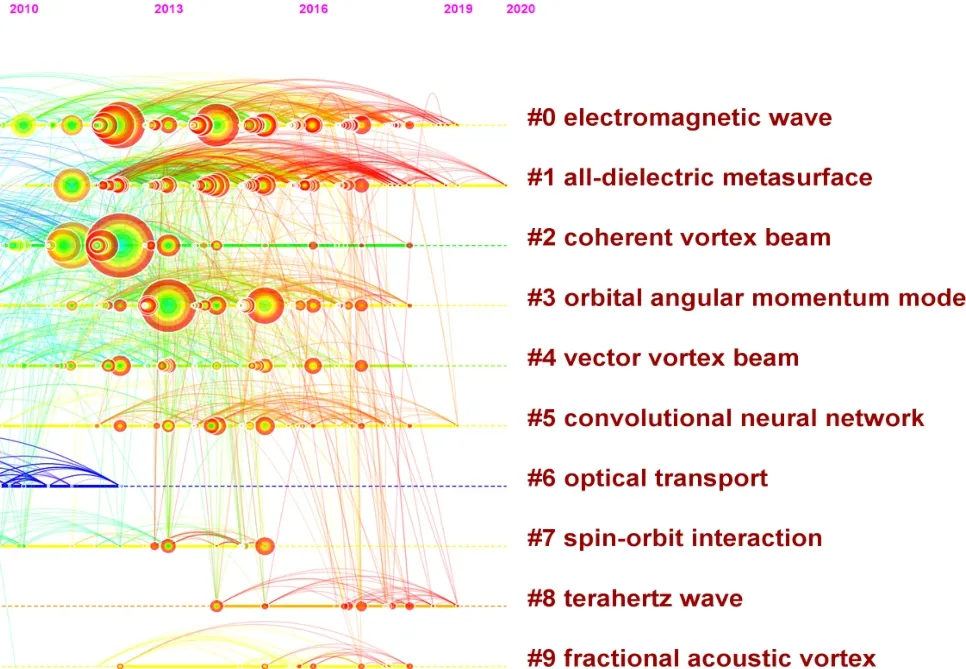
Figure 4.Reference based clusters timeline visualization network.
3.As large aperture antennas are needed to receive OAM beams,which limits the technology for practical applications.Hence,the latest techniques such as non-diffracting OAM beams using reflective as well as transmissive metasurface should be incorporated to combat the divergence issue and make the OAM beams suitable for longdistance applications.
4.Moreover,OAM technology with non-orthogonal multiple access(NOMA)to significantly improve the spectral efficiency,OAM beam steering techniques for full coverage to remove point to point limitation of OAM based communications,mode purity of higher-order OAM modes,and simultaneous generation of higher-order multimode OAM beams for millimeter-wave and upcoming communication generations are suggested as the main challenges in the OAM technology.
3.3 References Based Clusters Timeline Visualization
In order to examine the historic growth patterns of clusters over time,a combined timeline network visualization of reference co-citation and cluster is achieved as shown in figure 4.The network reflects that from 2012 to 2018 most of the clusters were actively developed.With the passage of time,the development and growth of other clusters may also increase.
The hotspot articles in terms of the citation frequency over the sub-timespan are marked as red circles around the nodes,indicating the essential references.Moreover,the dense clusters nodes and links with yellow,orange,and red colors such as electromagnetic waves,all-dielectric metasurface,coherent vortex beam,orbital angular momentum mode received more coverage in the research of OAM.
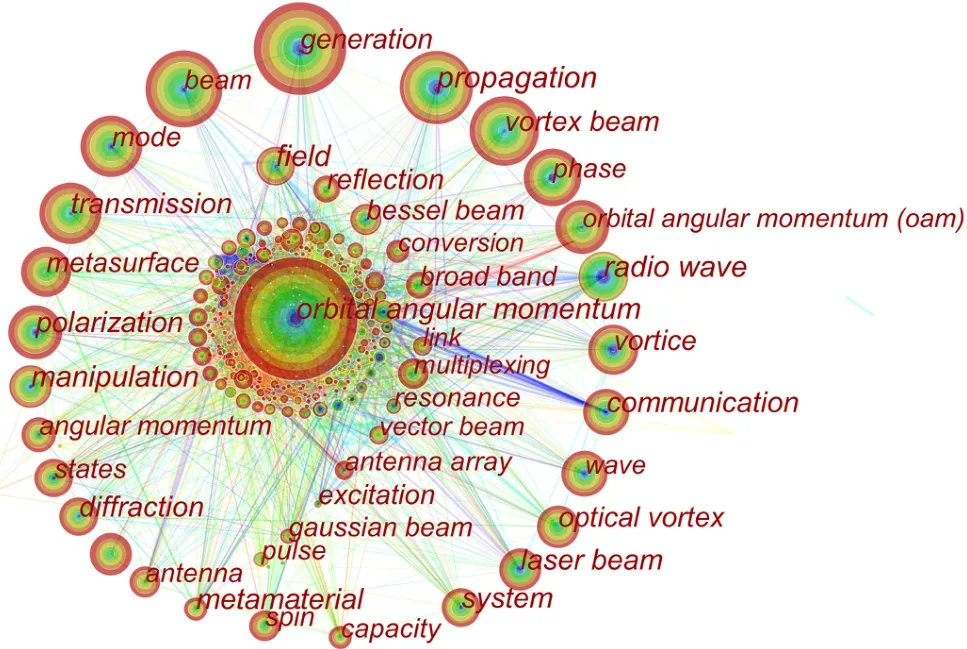
Figure 5.Popular keywords visualization network.
3.4 Popular Keywords and Their Citation Burst Analysis
The keyword co-occurrence analysis provides fundamental knowledge regarding core study contents.This analysis allows researchers to identify research patterns at different phases of the OAM research.The visualization map of keywords is shown in figure 5.We can observe that the“orbital angular momentum”is a very meaningful and robust keyword with the highest citation frequency.The keywords,such as“generation”,“beam”,“vortex beam”,“propagation”,“mode”,“transmission”,“metasurface”,“phase”,“polarization”and“radio wave”are the next highly cited research fronts in the OAM research.From this network,we can further analyze the mutual appearance of some keywords such as orbital angular momentum,orbital angular momentum(oam),vortex beam,radio wave,vortice,and vector beam generally refer to one keyword.The appearance of these different names is because the different authors have used different keywords for different applications in the available literature.We have discussed the main investigations,challenges,issues,and developing trends associated with these keywords in section 3.2.The burst detection algorithm discovers the scientific aspects with high intensities over finite chronological periods and catches the sharp interest upsurges in a specific domain.
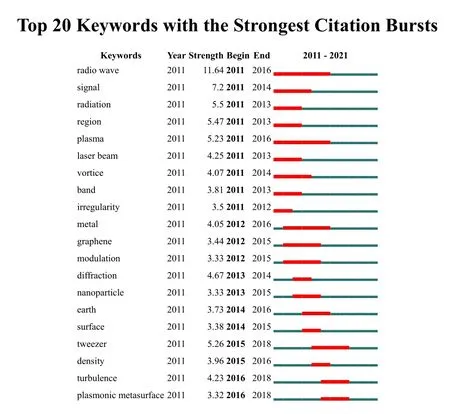
Figure 6.Top 20 keywords with the strongest citation bursts in OAM discipline.
This feature can serve as a mechanism to identify topics or ideas that have obtained prominence,were seriously researched and analyzed for a certain period,then became grey and disappeared.A total 155 citation bursts are detected in our study,here we have shown the top 20 keywords with the strongest citation bursts and their historical transitions in figure 6.The dataset reveals that the keyword “radio wave” remained active and achieved the highest citation strength of 11.64 from 2011 to 2016.This top-cited keyword is also associated with OAM/vortex beam/electromagnetic wave/vector beam.Similarly,“signal” from 2011 to 2014,“radiation” and“region” from 2011 to 2013,“plasma” from 2011 to 2016,“l(fā)aser beam”from 2011 to 2013,“vortice”from 2011 to 2014,and so on,remained the most popular hotspots in their corresponding historical transitions.
3.5 Leading Authors and Co-Cited Authors Network Analysis
The authors shape a research field with their publications.The most influential researchers in OAM technology can be analyzed with the help of authors visualization map as shown in figure 7.Based on our dataset,“Xianmin Zhang”is the top-ranked and active researcher from Zhejiang University,China with the highest number of publications.“Yongqiang Cheng”,“Shilie Zheng”,“V L Frolov”,“Kang Liu”and“Ivan B Djordjevic”are the next top five among the impactful authors in the OAM research.
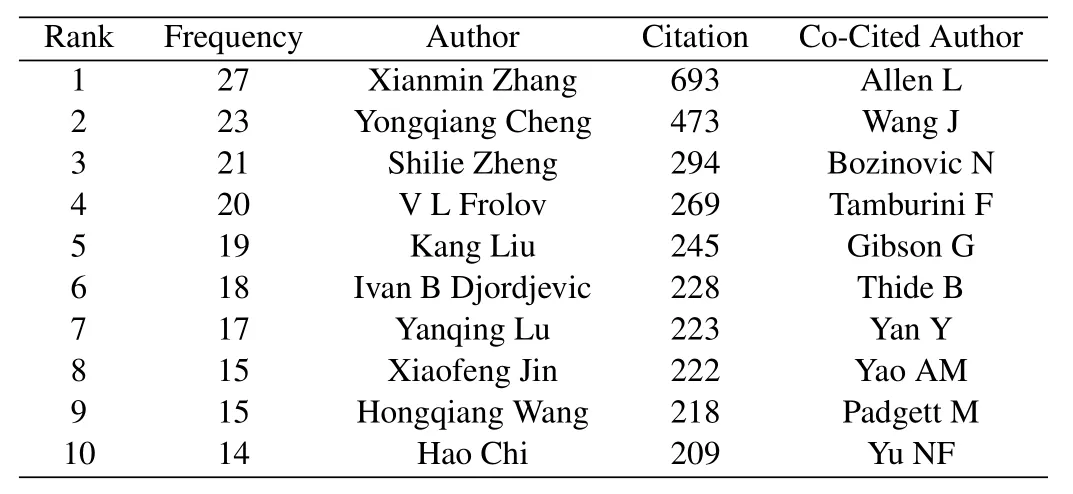
Table 4.Top 10 leading authors and co-cited authors in the OAM research.
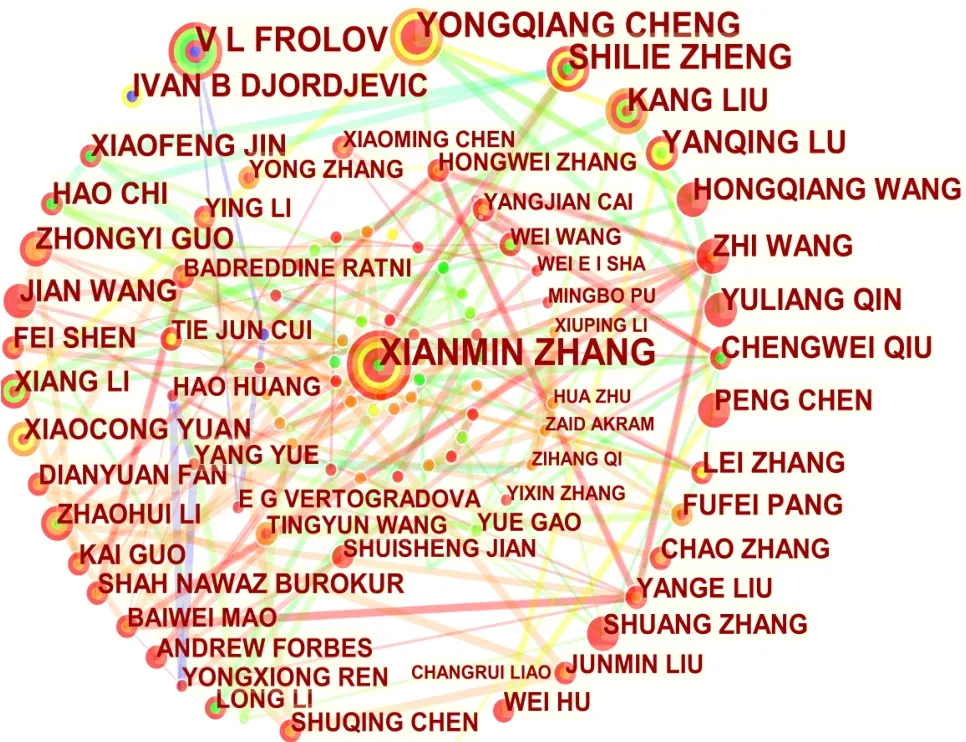
Figure 7.Authors collaboration based visualization network.
Co-cited authors analysis is also an effective way to analyze the interactions and relationships between the authors and to define their leading edge or dominance in the cooperative framework of OAM research.Based on this analysis,we have examined and evaluated the authors development trends whose research articles are defined in the scientific community.The co-cited author visualization network is shown in figure 8.In this network,“Allen L”,“Wang J”,“Bozinovic N”,“Tamburini F”,“Gibson G”are the top five leading and influential co-cited authors based on the co-citation frequency in the OAM research.Table 4 shows the top 10 leading authors and co-cited authors collaboration with their citation frequencies in the last eleven years.This consistency also reveals the impact of key studies from popular authors and co-cited authors.
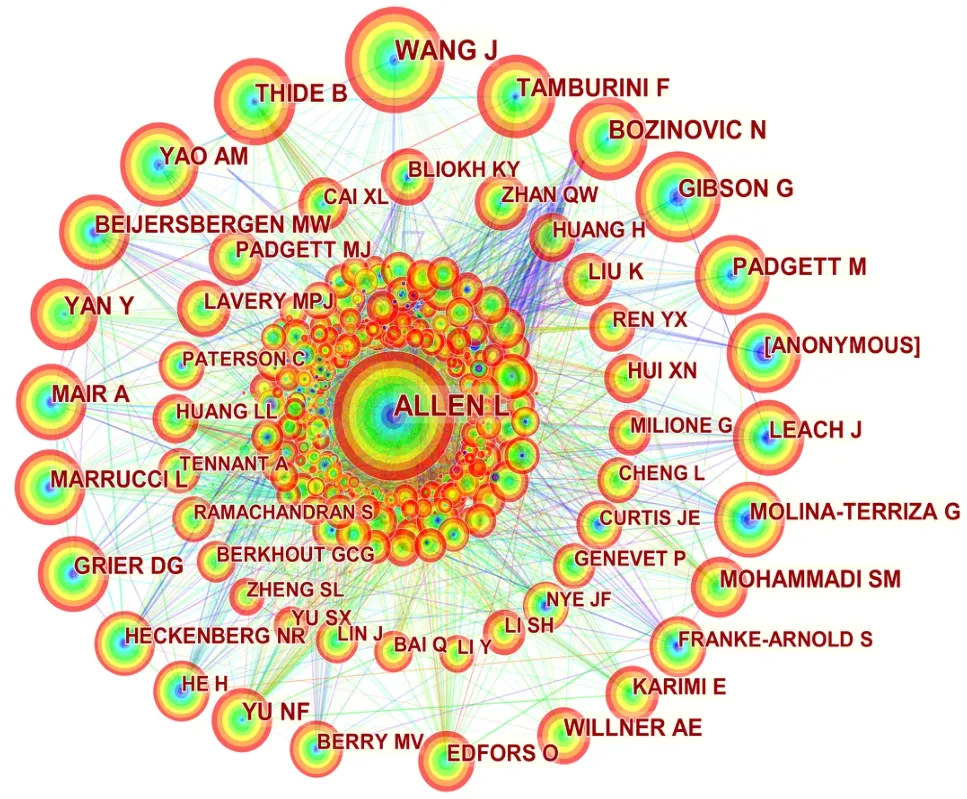
Figure 8.Co-cited authors based visualization network.
3.6 Leading Co-Cited Journals Analysis
The available literature on OAM technology is from various journals,however,the frequency of citation to the literature published by a journal can better reflect the influence and importance of the journal.Understanding the distribution of core journals in this field can help to provide a valid basis for literature collection.The top co-cited journals show how much attention these journals have received from the scientific community in this research area.The visualization map of co-cited journals is shown in figure 9.Based on the frequency of citation,we selectively counted the detailed information of the top 10 journals that are enlisted in table 5.The findings in figure 9 and table 5 are useful for interested researchers in capturing mainstream research journals in the OAM field.By analyzing co-cited journals,both editors and authors can form their study choices based on the findings,which is essentially beneficial for the scientific growth and real-world applications.
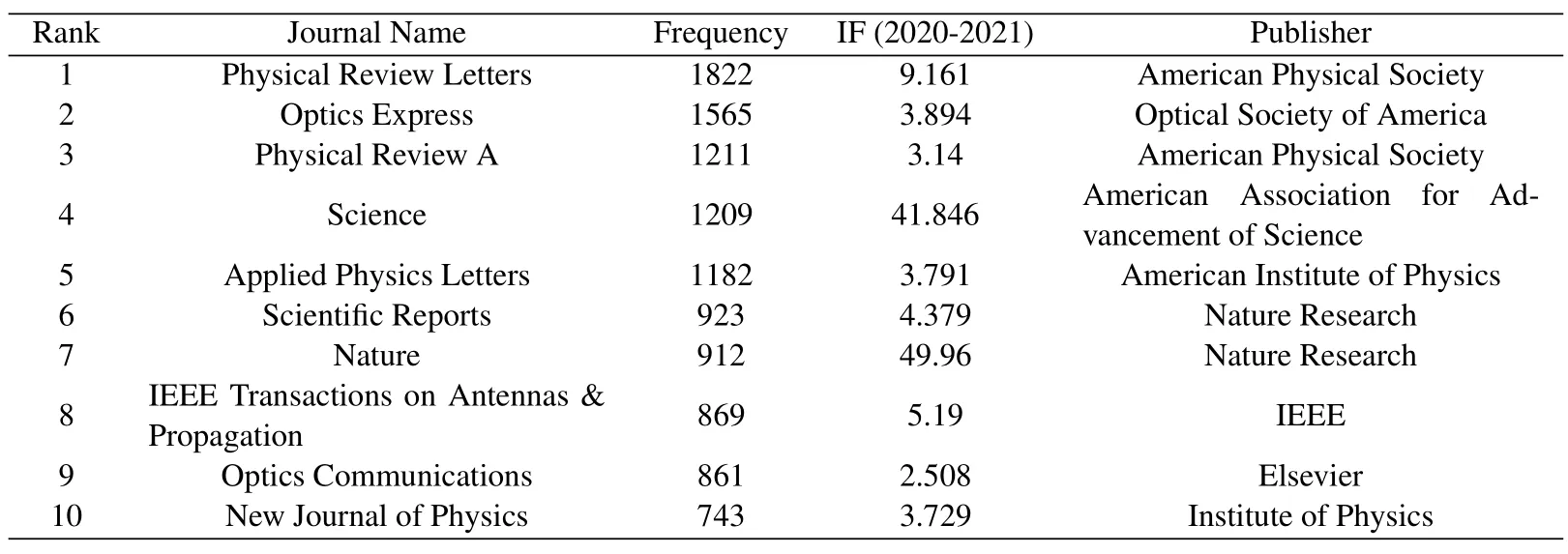
Table 5.Top 10 leading journals in the OAM discipline.
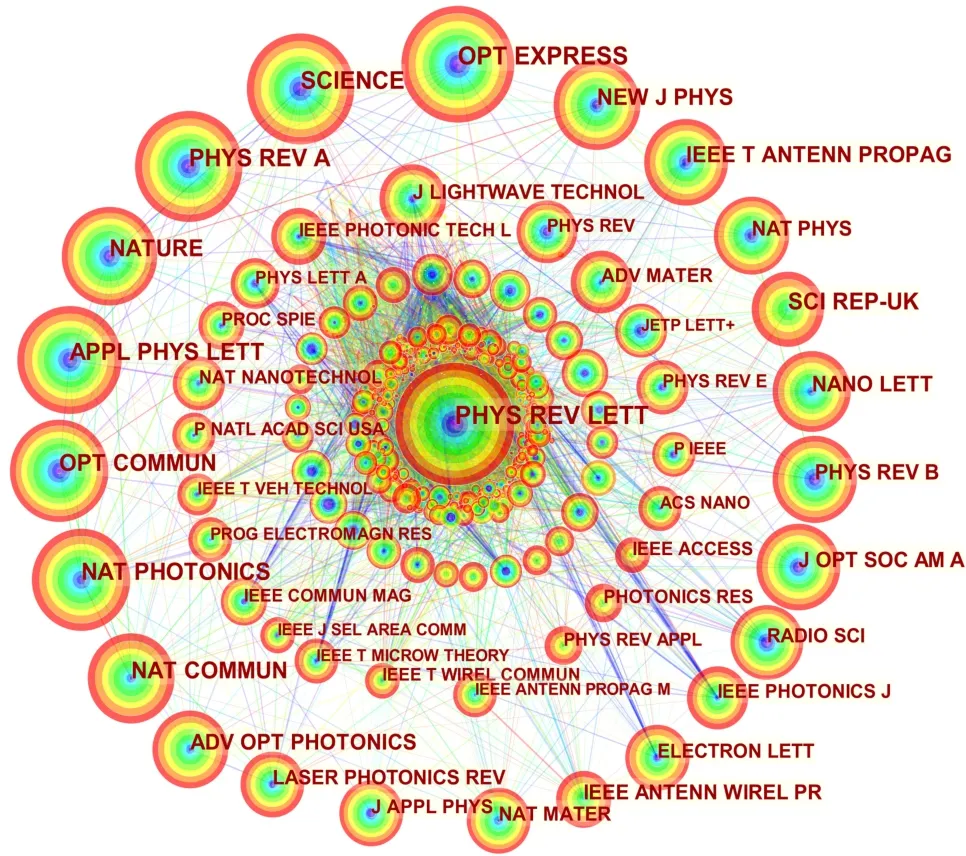
Figure 9.Co-cited journal based visualization network.

Figure 10.Leading countries visualization network.
3.7 Leading Countries and Institutions Analysis
The visualization map of leading countries is shown in figure 10.The larger nodes contain the highest co-occurrence frequency.The People’s Republic of China,with the highest frequency of 1267,has been emerged as an acknowledged leading country in the OAM research field followed by the USA,Russia,Japan,England,Germany,and other countries.These leading countries,especially China and USA have topranked institutions,advanced research facilities,highlevel comprehensive and scientific laboratories,and collaboration networks.China has already written its name on 5G technology and now moving towards 6G technology.This can better reveal the fact about the top country in the research of OAM based communications.Moreover,the visualization analysis given in section 3.5 validates the leading countries analysis,as most of the leading authors and co-cited authors are from China.
In order to analyze the best OAM research institutions in the world,we have developed the visualization map shown in figure 11.Based on the highest citation frequency of 122,the Chinese Academy of Sciences became the leading research institution for the OAM research,followed by Xidian University,Nanjing University,Russian Academy of Sciences,Shenzhen University,Zhejiang University,and others,which can be clearly observed from the sizes of nodes shown in figure 11 and co-occurrence frequency given in table 6.Interestingly,the top three and total twelve out of fifteen productive research institutions and universities are geographically located in China,the remaining three are from Russia and Singapore.This can also be verified from the visualization maps of leading authors and leading countries given in section 3.5 and section 3.7 respectively.
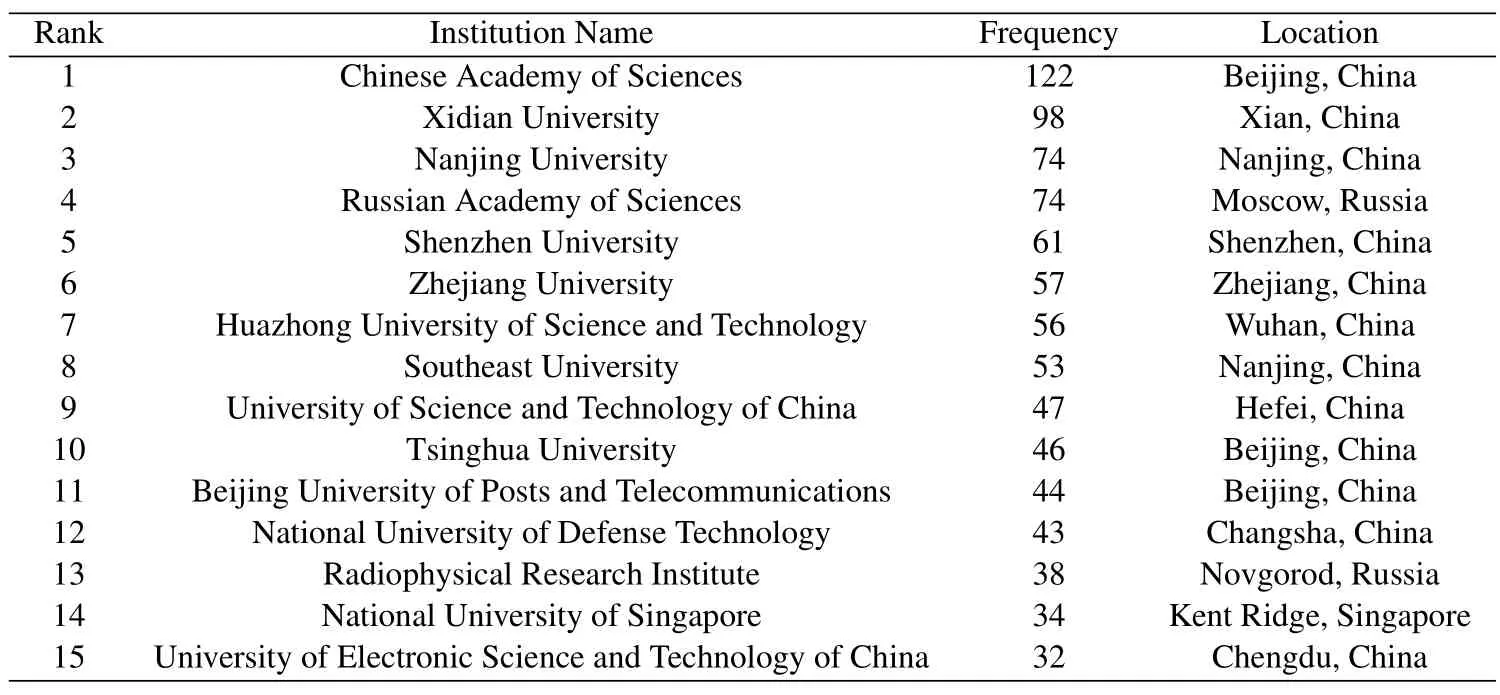
Table 6.Leading research institutes in the OAM research.
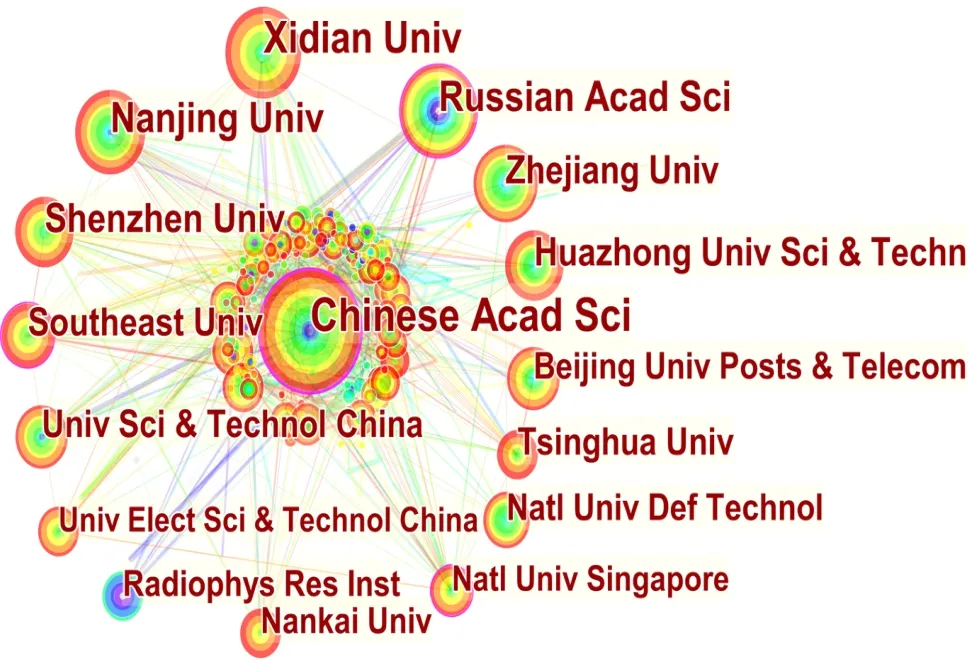
Figure 11.Visualization network of the leading research institutes.
IV.CONCLUSION
In this paper,we have presented the first visualization and bibliometric analysis on OAM technology using CiteSpace,based on 3470 WoS category SCIindexed papers published during the period 2011 to 2021.Some insightful findings on the main hotspots and research frontiers relevant to OAM are summarized below.
1.According to the publication’s citation frequency and DCA,the OAM research has obtained significant attention and steady growth with increasing demands in many applications.Hence,the research upholds the 5V (variety,volume,value,variability,and velocity) research and publishing characteristics.
2.Ten core clusters are discovered to illustrate the major issues,challenges,current state of art,and possible solutions to overcome those issues in the OAM research.We found that the bandwidth,efficiency,gain,divergence,phase quantization,bulky and complex feeding structures,misalignment,distortion,interferences atmospheric turbulence,and diffraction are the main issues in the OAM field.Furthermore,we analyzed their hotspot periods by considering reference-based cluster visualization.
3.The keyword co-occurrence analysis detected the main research frontier keywords as turning points in the OAM structural context.We have sorted the top 20 keywords based on their strongest citation bursts to highlight and emphasize the main research frontiers.
4.The significance of authors,co-cited authors,journals,institutions,and countries is worth appreciation in the emerging OAM research.We observed that most of the influential authors contributing to the OAM literature such as“Xianmin Zhang”,“Yongqiang Cheng”,“Shilie Zheng”,“Kang Liu”,“Yanqing Lu” and “Xiaofeng Jin”belong to China.Interestingly,12 from the 15 world’s top institutions working on OAM such as“Chinese Academy of Sciences”,“Xidian University”,“Nanjing University”,“Zhejiang University”,“Shenzhen University”,“Huazhong University of Science and Technology” and others are also located in China.Consequently,the People’s Republic of China ranked top in the list of leading countries developing the OAM research followed by the USA,Russia,Japan,England,and Germany.The highly co-cited authors we found in the OAM discipline are “Allen L”,“Wang J”,“Bozinovic N”,“Tamburini F”,“Gibson G” and“Thide B” in terms of co-occurrence frequency.Moreover,“Physical Review Letters”,“Optics Express”and“Physical Review A”remained top in the best journals category.
This study is based on the WoS category of SCI articles published from 2011 to 2021 in the English language.All the three sources,articles category,timespan,and language are the limitations of this work.Besides the rising domain of OAM,the research can be further examined by removing these limits to explore more subfields,research domains,their hotspots,future developments,and trends in detail.Moreover,some ideas and suggestions are given in the end of section III which have to be analyzed in the OAM research.
ACKNOWLEDGEMENT
This work is supported by the project of 61971051 from the National Natural Science Foundation of China(NSFC).
- China Communications的其它文章
- Convergence of Digital Twin and 6G enabled Edge Intelligence: Theories,Algorithms and Applications
- Design and Implementation of Secure and Reliable Information Interaction Architecture for Digital Twins
- A Dynamic Bayesian-Based Comprehensive Trust Evaluation Model for Dispersed Computing Environment
- Research on Network Cognition Model and Mechanism of Intelligent Information Network
- Low-Density Parity-Check Codes: Highway to Channel Capacity
- Iterative Phase Noise Suppression for Full-Duplex Communication Systems

